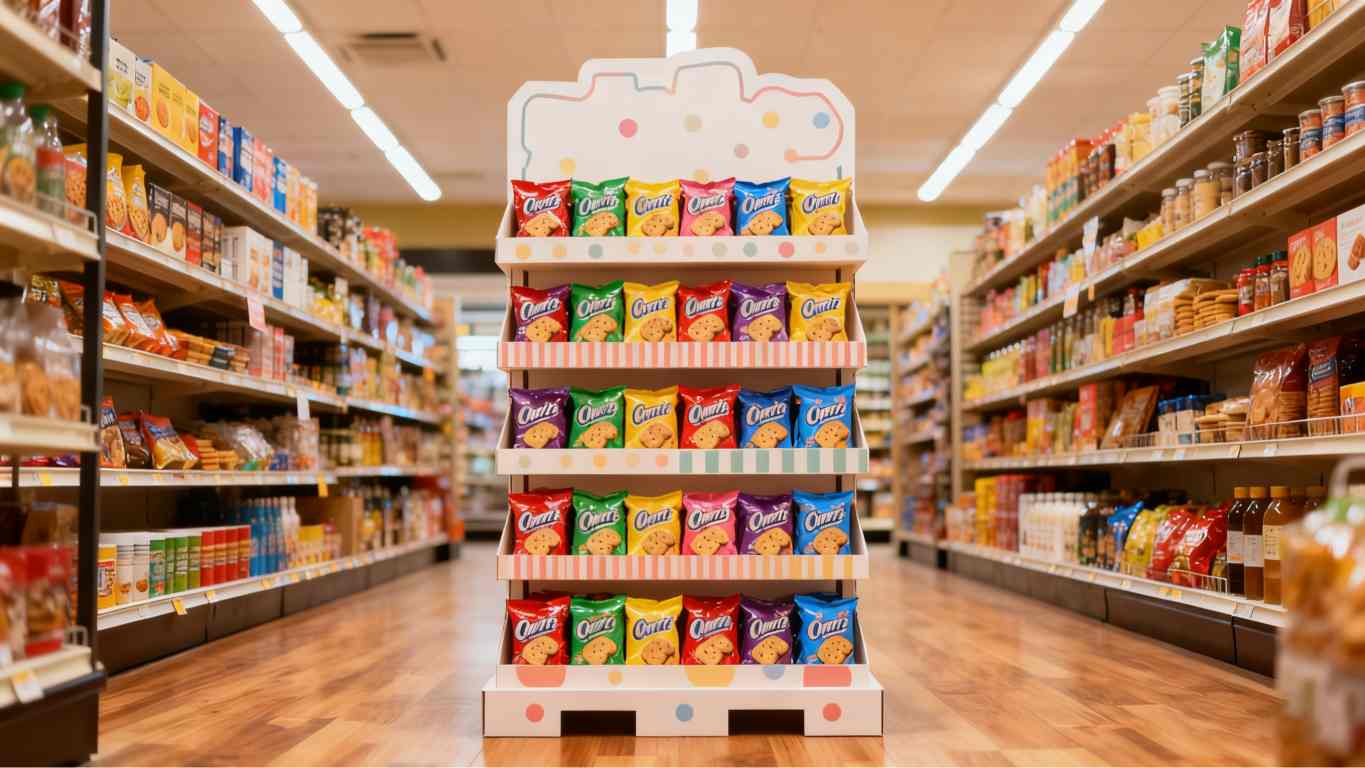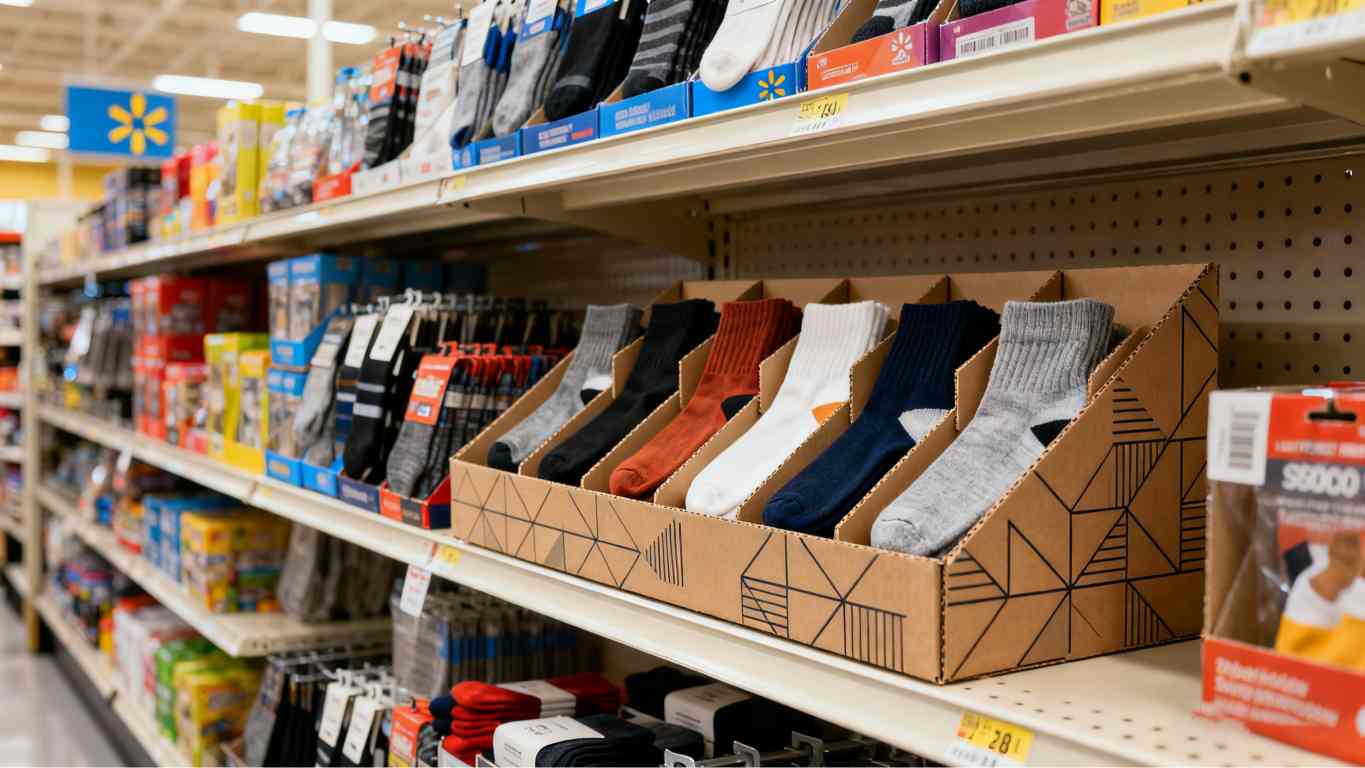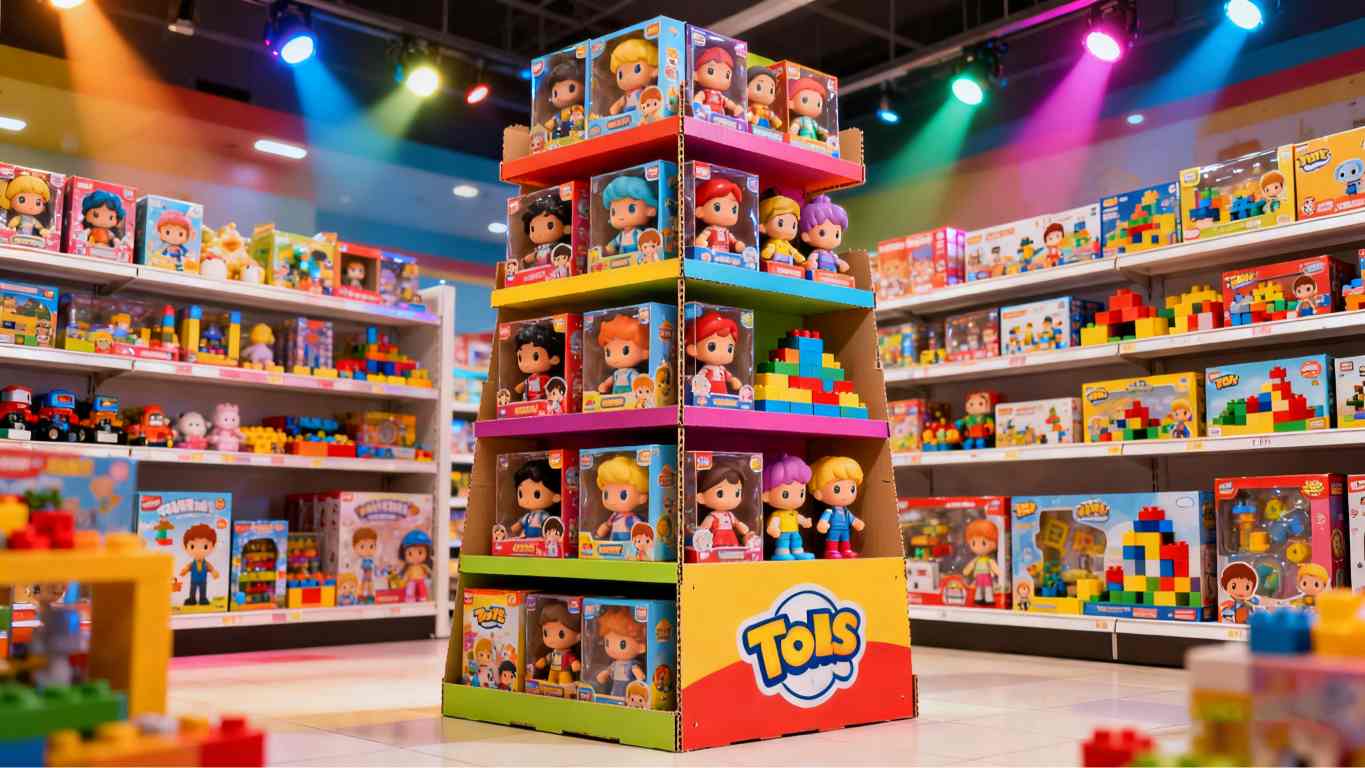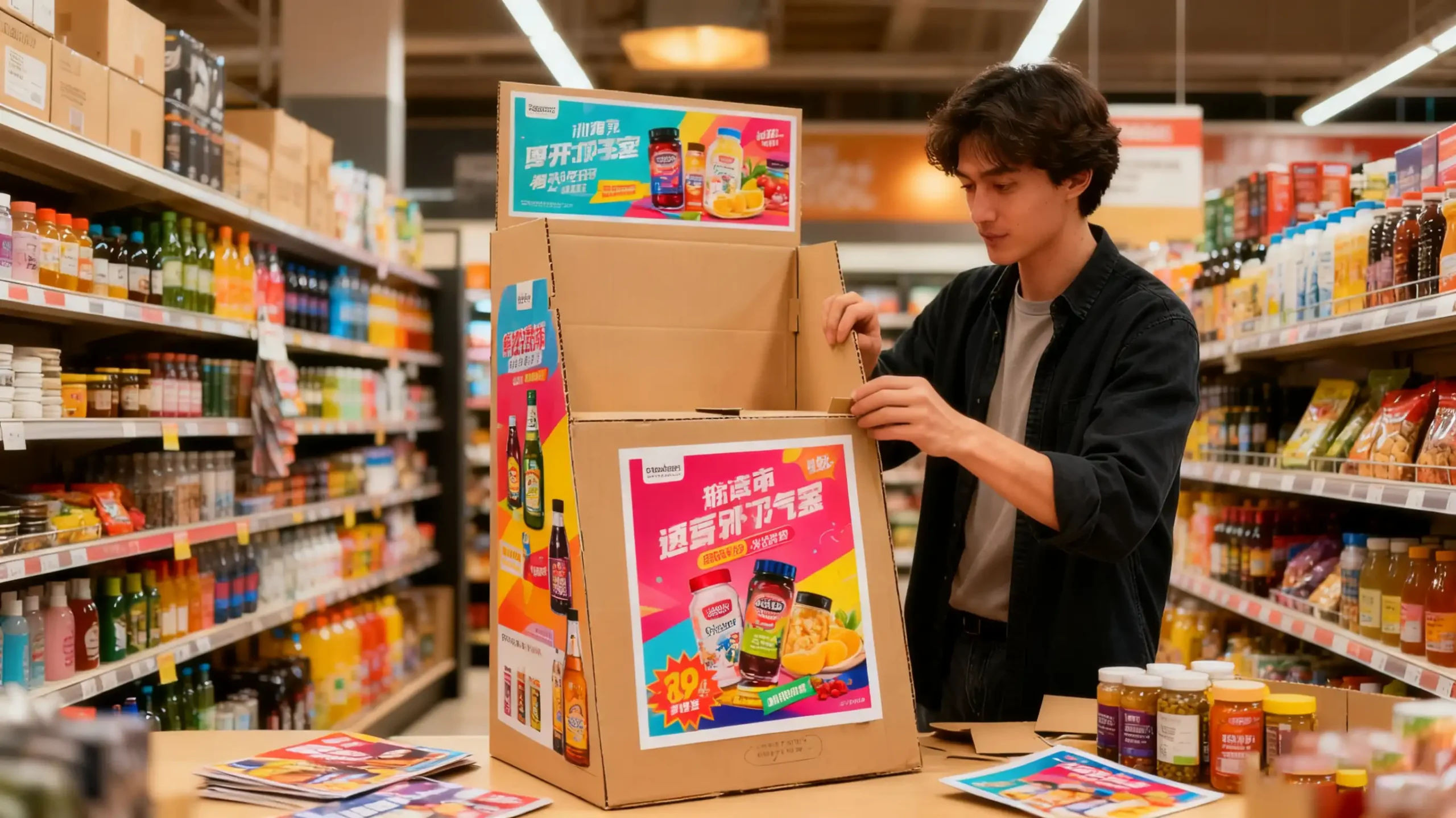Are your cosmetic displays failing to stand out and attract customers? This wastes your marketing budget and can even damage your brand's image. Let's fix that by avoiding common mistakes.
The biggest mistakes are ignoring brand identity, using poor-quality materials, designing for looks over function, and forgetting a clear call to action. Aligning your display with your brand story, ensuring it is durable, and guiding the customer are crucial for success in the competitive cosmetics market.

In my 16 years in the cardboard display industry, I've seen these mistakes happen over and over again. They can turn a promising product launch into a costly failure. The good news is that they are all completely avoidable if you know what to look for. Let’s break down the most critical errors one by one, so you can make your next display a huge success.
Are You Forgetting Your Brand Identity and Target Audience?
Does your display just blend in with all the others on the shelf? A generic look fails to connect with your specific audience, leaving your beautiful product completely unnoticed.
Never use a display that doesn't match your brand's story and values. If you are selling a luxury organic skincare line, a cheap-looking plastic stand sends the wrong message. Your display is your silent salesperson; its appearance must directly appeal to your ideal customer.
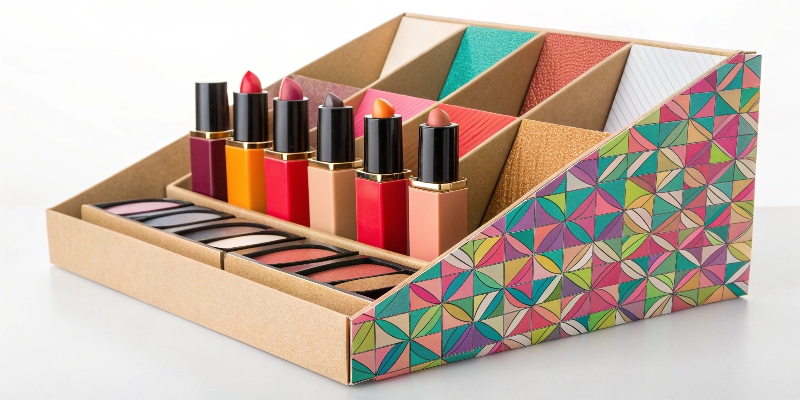
Your display is a direct extension of your brand. For many shoppers, it's the very first physical interaction they have with your products, so it has to make the right impression. I once had a client who sold high-end, minimalist makeup. They were tempted by a standard, brightly colored display because the price was low. I strongly advised them against it. Instead, we designed a simple, elegant cardboard display using a matte white finish and a single, clean embossed logo. The final result felt premium and perfectly matched their product packaging. It worked because it attracted the right customer who was looking for sophisticated, understated beauty products. The display didn't just hold the product; it told the brand's story. When you plan your next display, always think about your brand's core message and who you are trying to reach.
Do You Ignore Material Quality and Durability?
Have you ever walked into a store and seen a promotional display that is bent, torn, or collapsing? It makes a brand look cheap, and it certainly doesn't inspire confidence to buy.
A flimsy display can ruin your product launch. Using cheap, weak cardboard might save a little money at first, but it will likely collapse under the weight of your products or from customer interaction. Always choose durable materials that can withstand a busy retail environment.
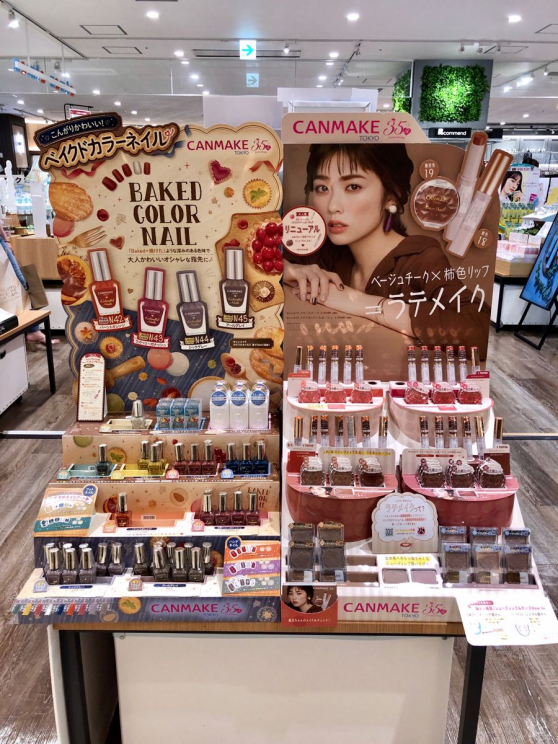
Choosing the right material is a critical balancing act between cost, appearance, and strength. In the world of cardboard displays, not all materials are the same. For instance, a small countertop unit holding a few lightweight lip balms might be fine with a simple B-flute cardboard. However, a large floor-standing display unit (FSDU) designed to hold dozens of heavy glass foundation bottles needs something much stronger. In that case, I would recommend a K5 grade corrugated board, or even a double-wall flute like EB, for maximum stability and longevity. I learned this lesson the hard way with a client years ago. They insisted on using the thinnest material possible for their floor displays to cut initial costs. Two weeks into their campaign, retailers were sending them pictures of the displays collapsing in the aisles. It was a brand image disaster, and we had to rush-produce stronger replacements, which ended up costing them far more in the long run.
Is Your Display Design Overlooking Practicality and Functionality?
Your new display might look beautiful in a 3D render, but what happens when it gets to the store? If it is difficult to assemble or restock, it will quickly be ignored.
A great design is not just about how it looks; it is about how it works. Your display must be easy to assemble, simple for store staff to restock, and stable enough to hold products securely. A functional design is a successful design.
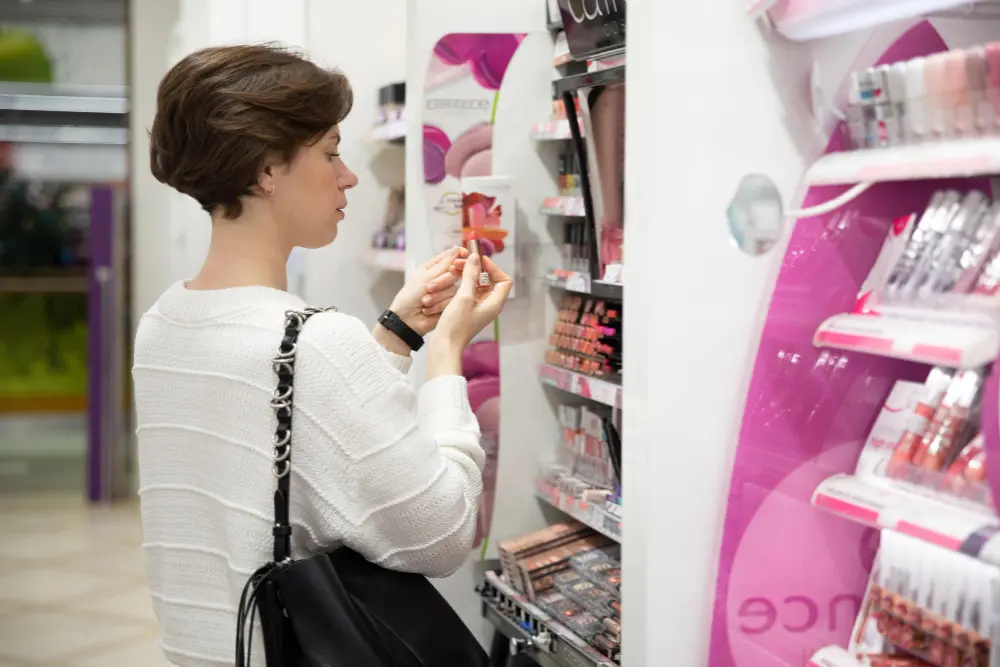
I've seen so many brilliant concepts on a computer screen fail completely in a real retail environment. A designer might create a complex, multi-layered display that looks like a piece of art. But then it arrives at the store flat-packed with a 20-step instruction guide. Busy retail employees simply don't have the time or patience for that. The display will either be assembled incorrectly, looking messy, or it will be tossed in the back room. A big part of my job is to bridge that gap between the creative vision and the retail reality. We have to think about the entire journey of the display, from shipping to assembly to daily use on the shop floor.
Here is a simple checklist I use to ensure a design is practical:
| Feature | Question to Ask | Why it Matters |
|---|---|---|
| Assembly | Can it be put together without tools in under 5 minutes? | This respects the time of retail staff and ensures it is set up correctly. |
| Restocking | Are the shelves or hooks open and easy to access? | An easy-to-restock display will stay full, neat, and attractive to shoppers. |
| Stability | Does it have a wide, stable base that won't tip over? | An unstable display is a safety hazard and looks unprofessional. |
| Shipping | Can it be packed flat to reduce shipping volume and cost? | Efficient logistics can save a huge portion of your budget. |
Always, always ask your supplier for a physical prototype. Test it yourself. See if you can build it, stock it, and even give it a little push to check its stability. This is the best way to catch functional problems before you commit to a full production run.
Are You Underestimating the Importance of a Clear Call to Action?
Your display is up, it looks great, and it is full of product. But it doesn't tell the customer what to do. This hesitation leads to confusion and, ultimately, lost sales.
A display without a clear message is just furniture. You must include a simple, direct Call to Action (CTA). Use powerful text like "Try Our New Shade," "Scan for 10% Off," or "Limited Edition." Tell customers exactly what to do next.
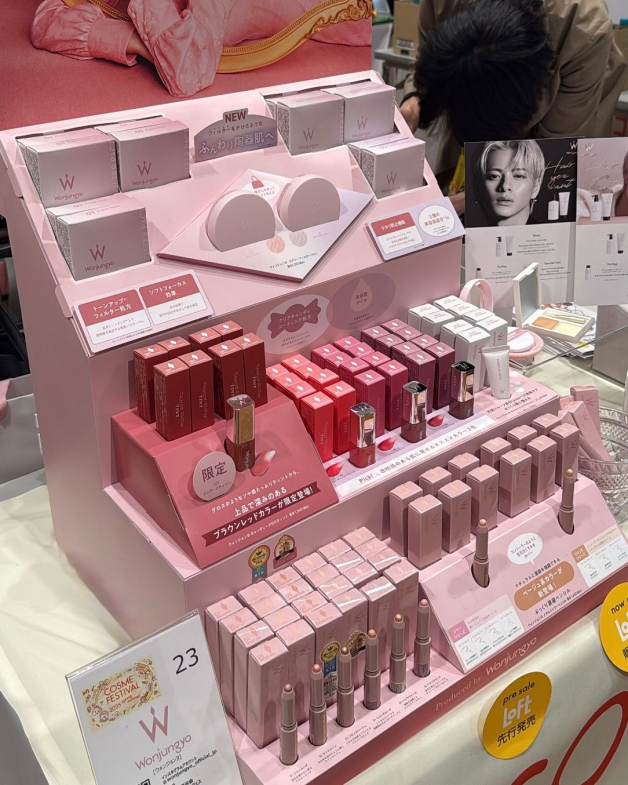
You have done all the hard work. You have a fantastic product inside beautiful packaging, sitting on a well-designed, sturdy display. Don't fail at the final, most important step. The shopper is standing right there, interested in your product. You need to guide them to make a purchase. The CTA is your instruction that breaks the barrier between just looking and actually buying. A client of mine recently launched a new foundation line. Their first display simply showed the brand name and the products. It looked classy, but sales were very slow. We made one small change. We added a header card that said, "Find Your Perfect Match" and included small slots for tester bottles. That simple phrase transformed the display from a passive shelf into an interactive station. It gave customers a reason to stop, engage, and test the product. Sales took off immediately because we told people what to do.
Your CTA should be:
- Visible: Put it at eye level. Use a bold font and a color that stands out.
- Simple: Use short, action-focused words. Don't make them think too much.
- Specific: Tell them exactly what you want them to do.
Think about your main goal. Do you want them to try a sample? Scan a QR code for a discount? Understand that the product is a special edition? Your CTA must directly support that goal.
Conclusion
Avoiding these mistakes—ignoring your brand, using weak materials, creating impractical designs, and forgetting a CTA—will ensure your cosmetic display solution powerfully drives sales and enhances your brand image.



